Iona is a small island off the west coast of Scotland. It is the centre of Scottish Christianity and is high on the world pilgrimage sites. To the Gaels, Iona is I Chaluim Chille – the Isle of Colm Cille, an Irish priest and prince who was to become revered as Saint Columba. Colm Cille had been exiled from Ireland because of his involvement in the Battle of Cul Dreimhne. He arrived in 563 AD and established a small religious community. Although he died just four years later the influence of his order spread Christianity throughout Scotland. Iona became famous as a centre of learning and was known for its vast library It is thought that the Book of Kells was created here.
In the 9th century the ruling family of the Kingdom of Alba traced its lineage to Iona and they adopted it as their spiritual centre. Many of their kings are buried here. The Vikings drove the order out in the 800s and killed 68 monks. As the Vikings became Christian the importance of Iona was restored. In around 1200 an abbey and a nunnery were added to the community.
With the the Restoration the area was again abandoned and many buildings were demolished. The rest were left to fall into ruin. In 1899 the Duke of Argyll gifted the buildings to the Iona Cathedral Trust. It was a gift with a sting as no funds were gifted to help with its upkeep. The Trust had to publicly raise money for the restoration and because of the Boer War contributions were scarce. They only built in fits and starts as they had funds. The abbey was finally re-opened in 1965 as a place of worship.
With all that history we decided we had to visit the island. The hopping off point was the small town of Oban and that’s where we were to spend the night. We got to Oban and booked into the Columba Hotel. Our room was up in the loft; it was slightly odd and was filled with instructions of what you weren't allow to do.
.jpg.aspx)
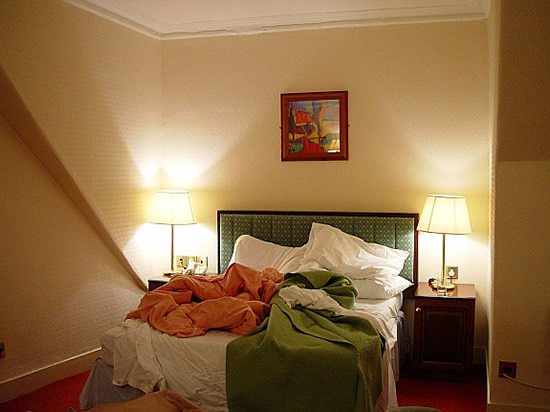

The room had a view over the sea and below was a flock of hungry white swans. The next day we were going to the Island of Iona to see the sunrise over the ruins. To do this we had to catch a ferry at 6.30am. We were up very early, breakfast in the dark lonely dining room and we drove onto the ferry. There was not a lot to see as it was pitch dark and freezing. The trip was only 45 minutes but we tried to get some sleep.
.jpg.aspx)
We arrived at Craignure on the Isle of Mull and had to drive 37 miles to Fionnphort Ferry Terminal to catch the next ferry to Iona. Along the way, in the darkness, a huge stag leapt across the road and stood looking at us as if it was posing for a role in a Scotch commercial. Sheep just looked at us wondering why anyone was on the road that early.We made the ferry to Iona with seconds to spare. The sun was just starting to rise. Colour was breaking across the water.
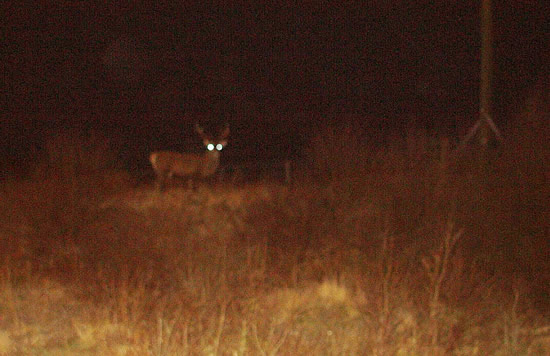
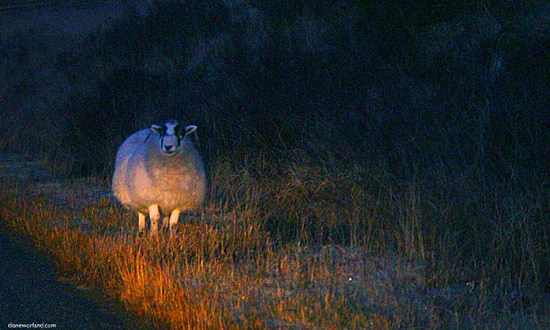


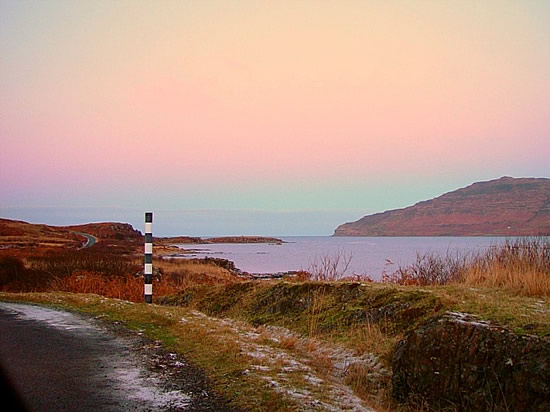
The quality of the light as the sun rose was golden and sparkling. It was very quiet, as we had beaten any other visitors by hours. They were all still asleep back on the main land. We shared the ferry with a couple of locals.

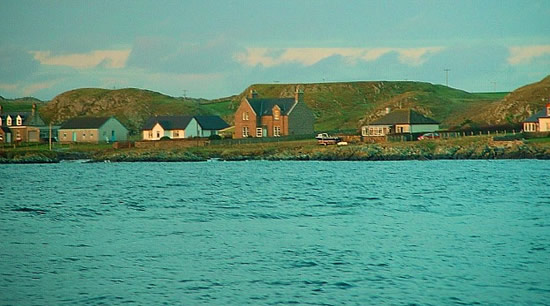
We visited St Oran’s Chapel it is a working chapel that is still used by pilgrims to ask for help. There is a screen in the church for hopes and wishes written on scraps of paper. I left a message about a very ill family member. I’m a non-believer but as the old joke goes, it won’t do any harm.
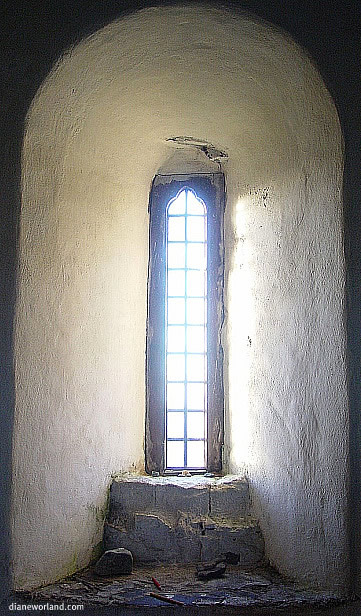

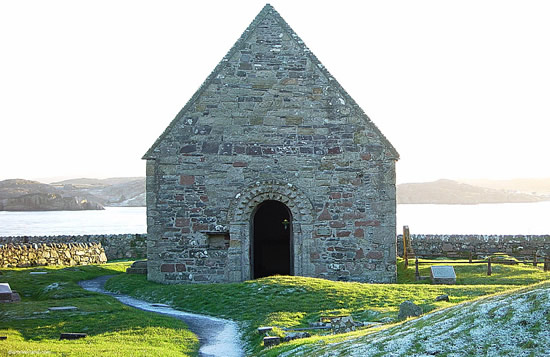
St Oran’s cemetery is the second oldest in Scotland. In 1549 an inventory of the cemetery showed that 48 Scottish, 8 Norwegian and 4 Irish Kings are buried here, including the real Macbeth. After the Reformation a lot of the headstones were thrown into the sea.

The Nunnery was built as a house for Augustine nuns. Women of noble birth were buried in the nun’s cemetery. It is now a very pretty ruin.
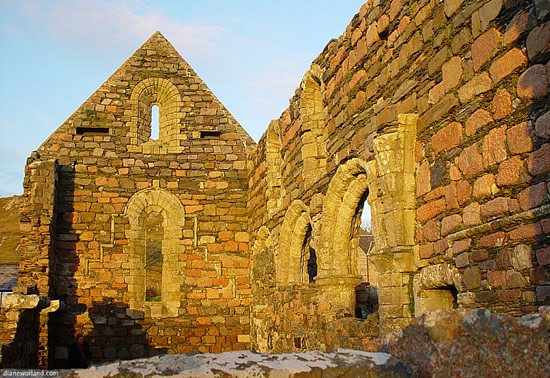
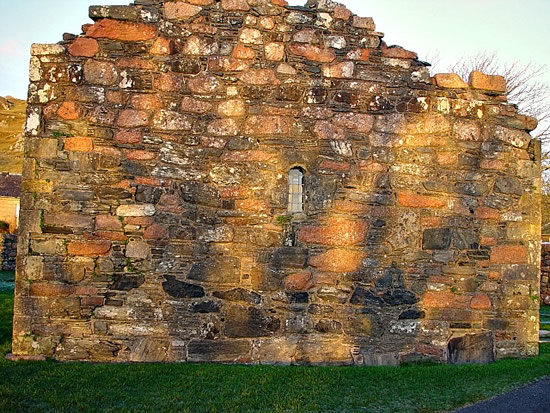
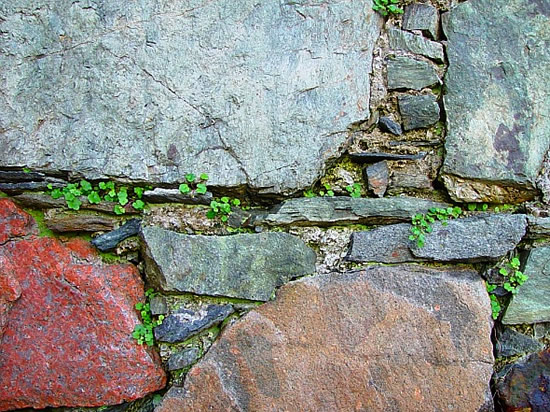
 All that’s left standing of the Bishop’s House is a wall with a doorway.
All that’s left standing of the Bishop’s House is a wall with a doorway.
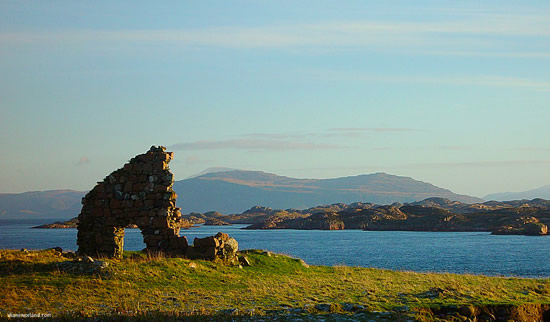
Iona has some wonderful examples of Celtic crosses. The Vikings destroyed some but the Reformation destroyed over 350 of the remaining crosses, leaving only 3. The only one to survive intact is St Martin’s cross which was carved from a single slab of stone between about 750 and 800 AD. The remnants of the other crosses are in the museum.
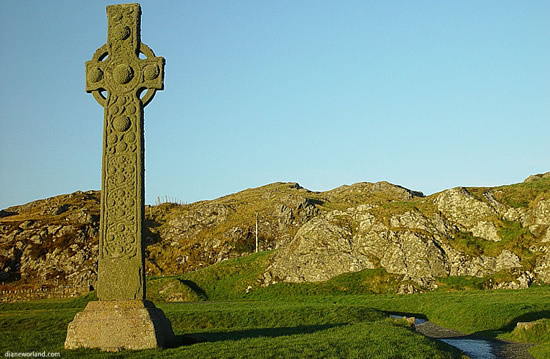 St Martin's Cross.
St Martin's Cross.
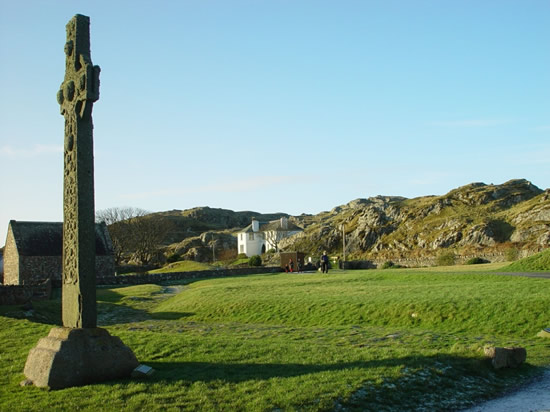
St Martin's Cross.
The Abbey has undergone many changes in the last decades. St Columba began with a wooden and mud building. Later, stone replaced the wood, then in around 1200 the monastery became a Benedictine Abbey.
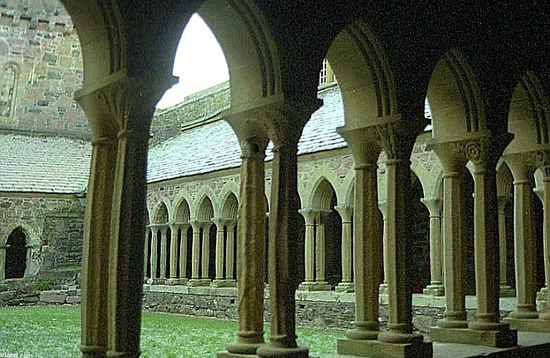 The cloister gallery with modern capital sculptures.
The cloister gallery with modern capital sculptures.


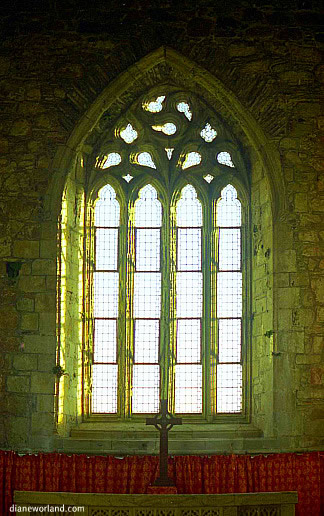
The east window of the choir.
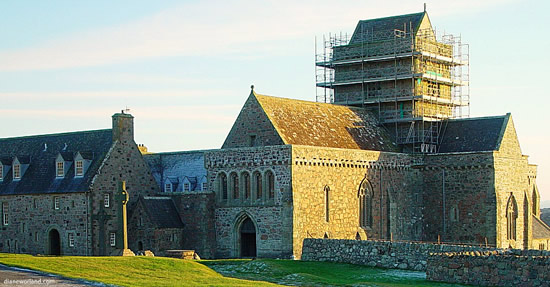 Over the years there were many additions some of these are now the museum.
Over the years there were many additions some of these are now the museum.

The 8th Duke of Argyll (1900) and his 3rd wife Ina McNeill (1925)
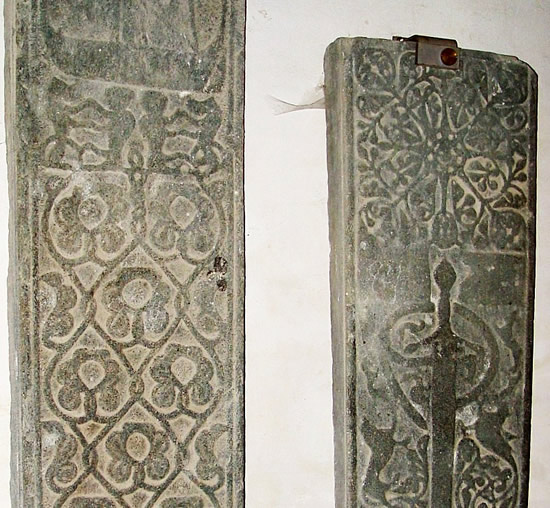


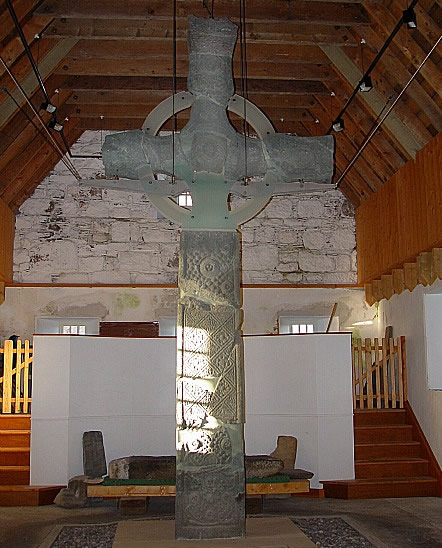
St John's Cross
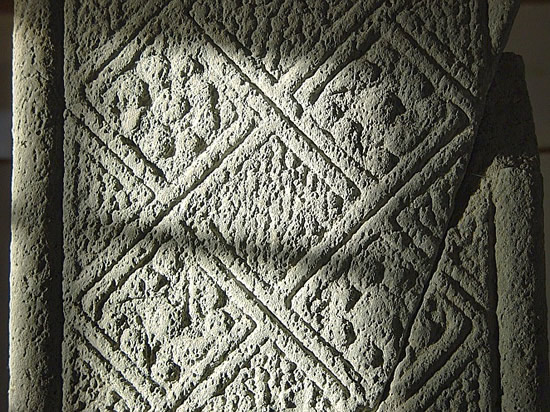
St John's Cross

St John's Cross
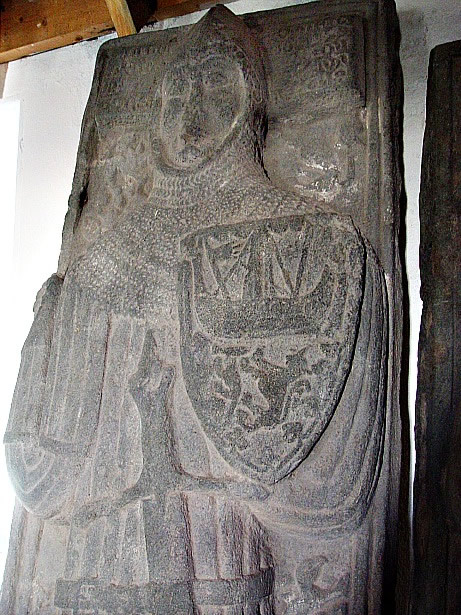
Effigy of a warrior.

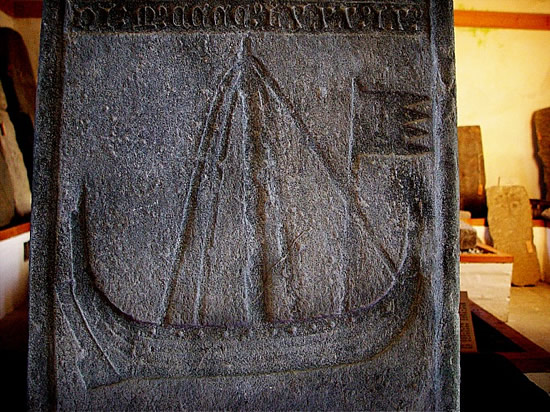
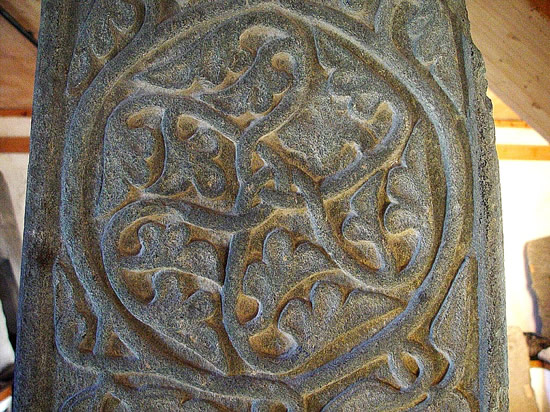
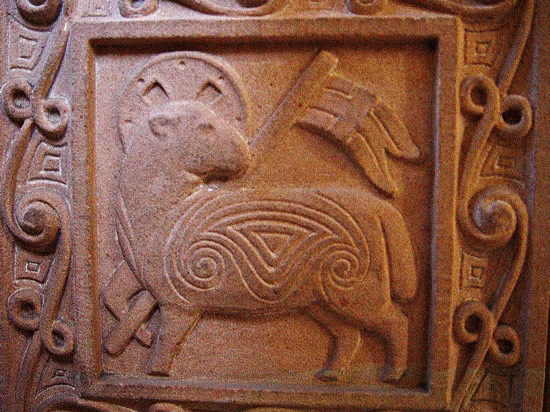
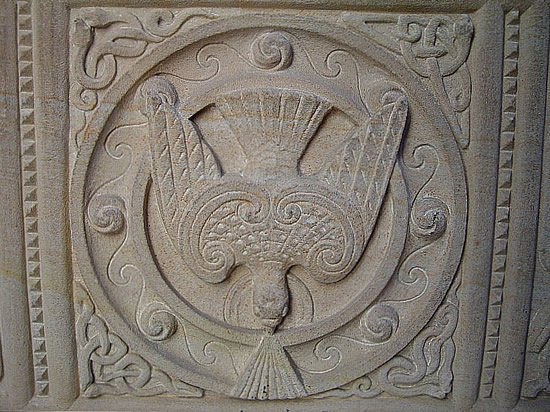
The Ionian community is an ecumenical Christian one that was created in 1936 by George MacLeod. They commit to daily prayer and offer accommodation to like minded guests.
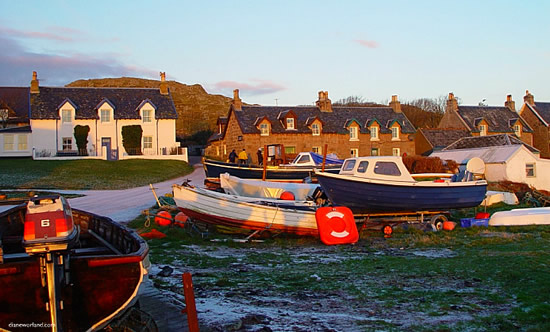
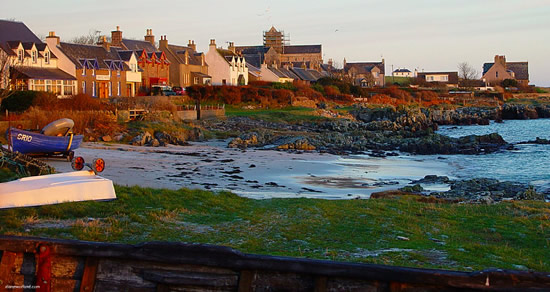
Having caught the beauty of the sunrise on the ruins we got the ferry back to the Isle of Mull. We had been lucky to have the island to ourselves. We got back just as the first tourists were leaving for Iona. We picked up the car and went to Tobermory; the capital of Mull. I was the navigator and I chose the back roads.

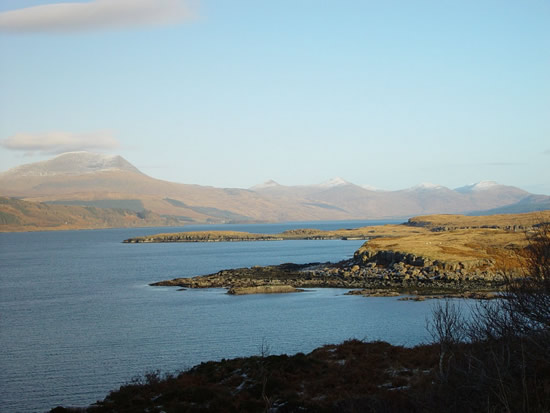

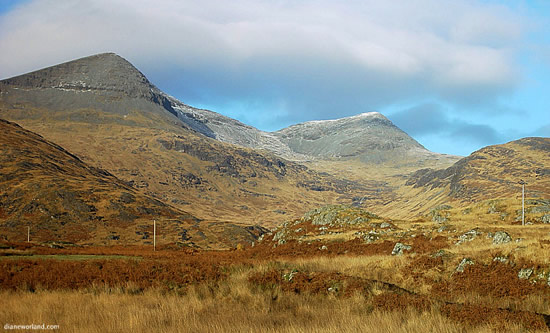
It was a magnificent drive with the road finely balanced between the mountains and the sea. It was single lane and not for the faint-hearted.
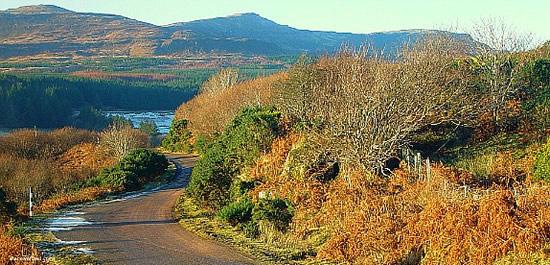
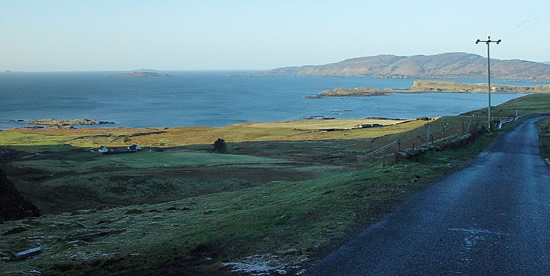
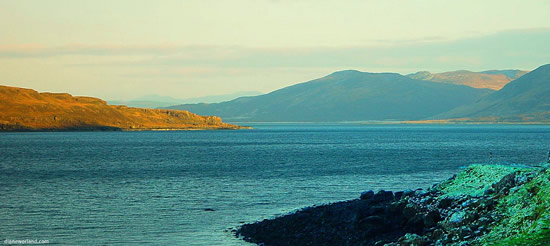
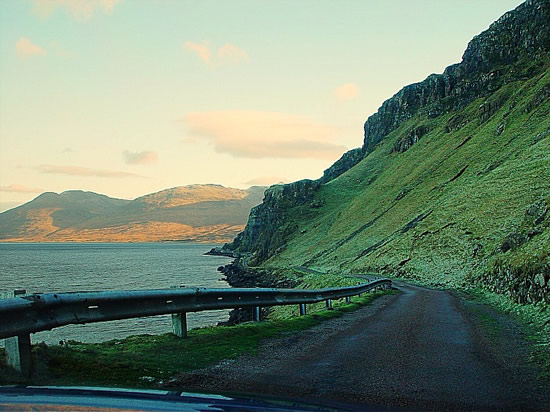
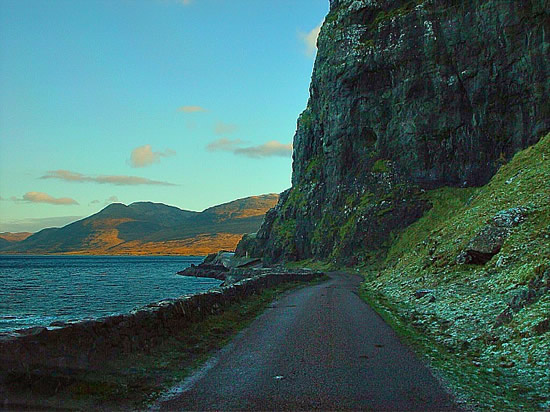
.jpg.aspx) We were stopped by shepherds, their flock and dogs, but they were fun to watch
We were stopped by shepherds, their flock and dogs, but they were fun to watch.
 Tobermory was so brightly painted it looked like a dolls village.
Tobermory was so brightly painted it looked like a dolls village.
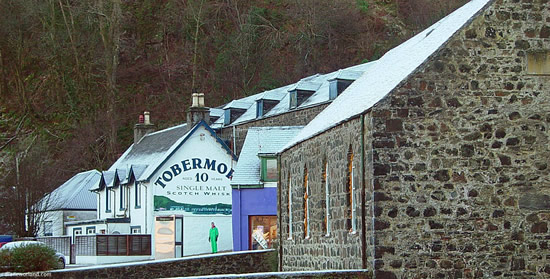



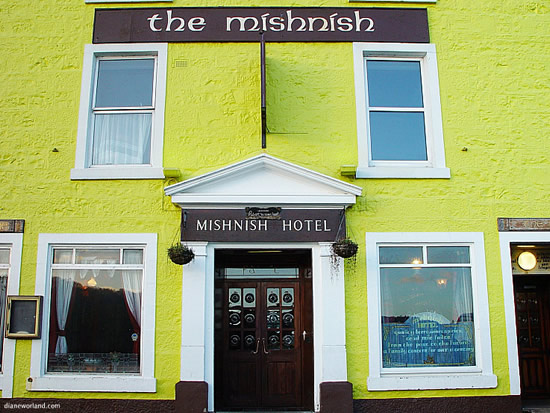
Tobermory was built by the British Fisheries Society in 1788 as a planned settlement to support the fishing industry. Tourism is now the mainstay of the island economy.


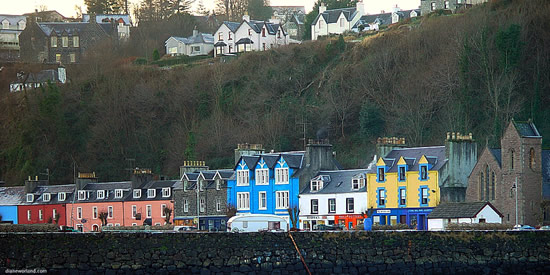
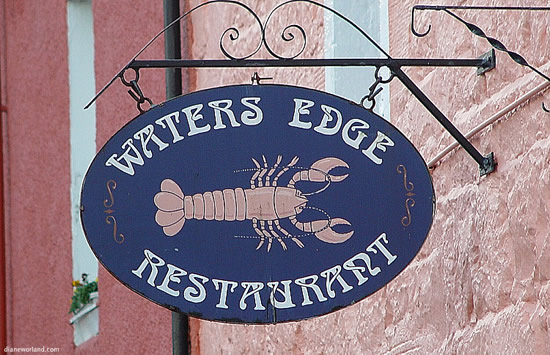

Because of its prettiness it also used for both movie and television locations. Most things were shut for the season, except for the local jewellery shop. We bought a pair of silver, gold and pearl earrings that represented a map of the arm of the island with Iona being the pearl.
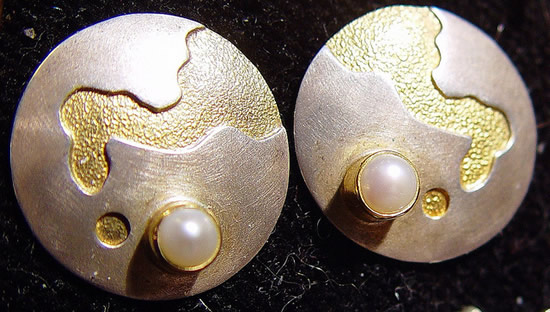


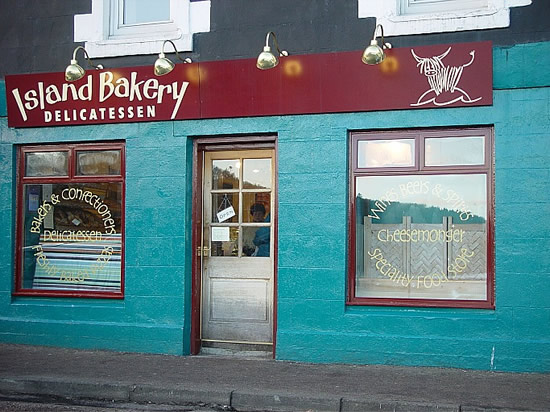
We had to hurry to get back to the Ferry Terminal and returned to Oban, spotting a large otter running across the road and down to the ocean. There wasn’t much to see, as once again it was pitch black. In Oban we fed the flock of white swans that were still hanging around.
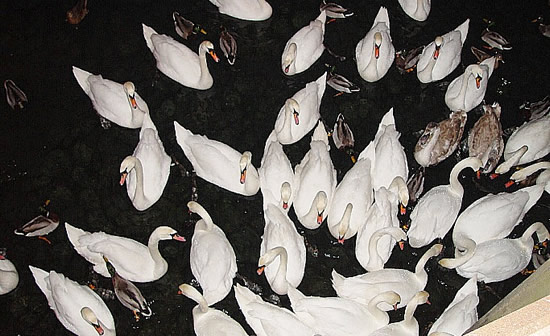
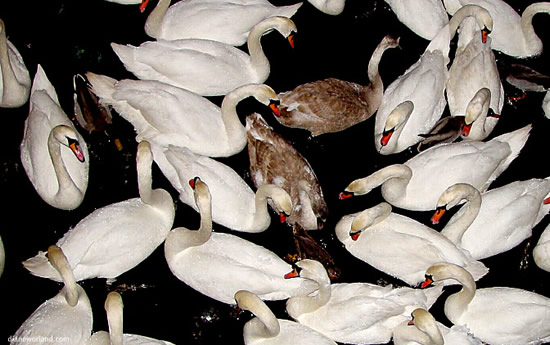
We didn’t want to stop in Oban that night, as we wanted to be further along the road for the trip to Kilmartin the next day.